5. 8 Women (2002)
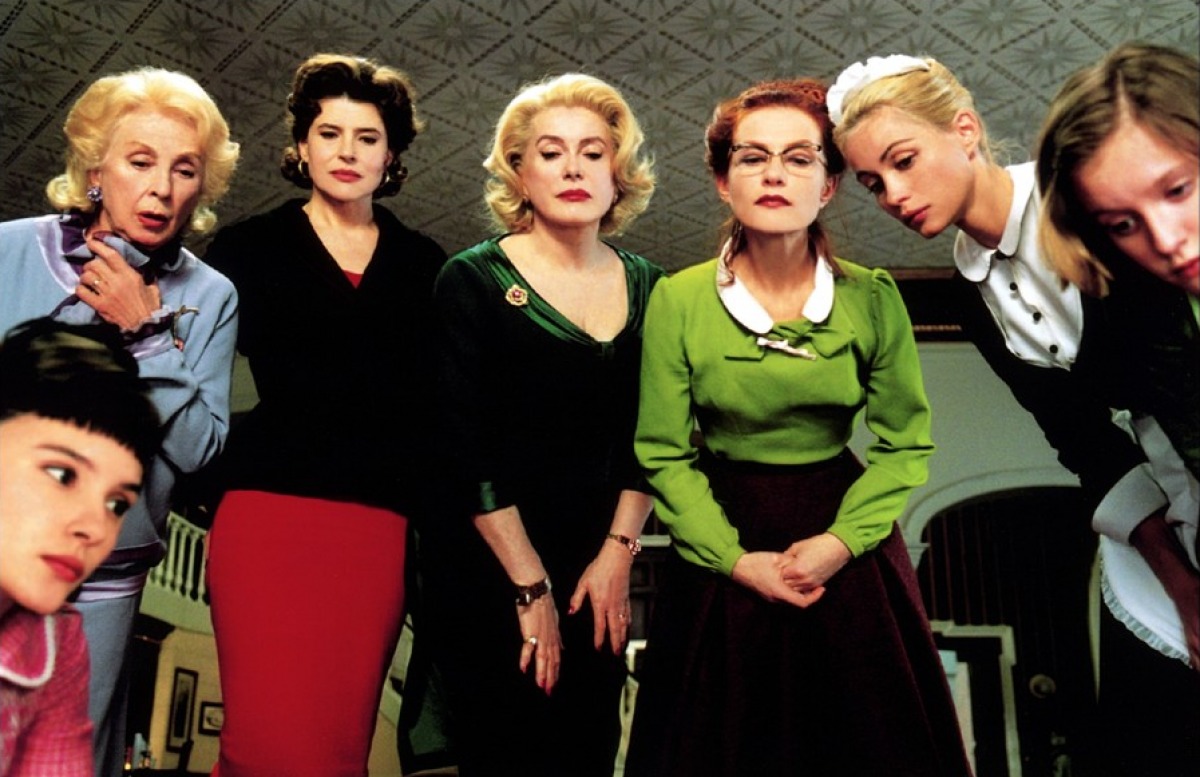
The mystery genre has a long history of stories set in a single place. There’s even a name for it in literature: the locked room mystery, which has spawned many classics of the genre by some of its most renowned authors, like Agatha Christie and John Dickinson Carr. So it’s no surprise that a lot of one-set movies fall into that category as well and, among them, there’s nothing quite like “8 Women.”
It can be credibly described as a whodunnit, but to call it simply that is to grossly misrepresent François Ozon’s bizarre but fascinating genre mishmash that joins comedy, family melodrama, mystery, and musical to form its own idiosyncratic beast.
Ozon is an auteur who usually opts for a restrained but aggressive mise en scene, meaning he prefers a realistic style but never shies away from dramatizing violence and sex. With “8 Women,” however, he stretched his stylistic muscles for a completely different approach; the movie is extremely heightened, from it’s beautiful Douglas Sirk-esque color scheme to its byzantine and downright ridiculous plotting that aims for farce rather than genuine suspense – which, to be clear, is not a problem, since that was the intention. As Ozon likes to say, he changes his style to fit the story, and there was no better way to tell the tale of this musical mystery about rich women suspecting each other of murder.
And speaking of them, the cast is to die for: an unbelievable roaster of some of France’s greatest ever actresses, including Catherine Deneuve and Isabelle Huppert, all of whom deliver delicious devious and funny performances (Huppert, in particular, is a standout).
4. Coherence (2013)
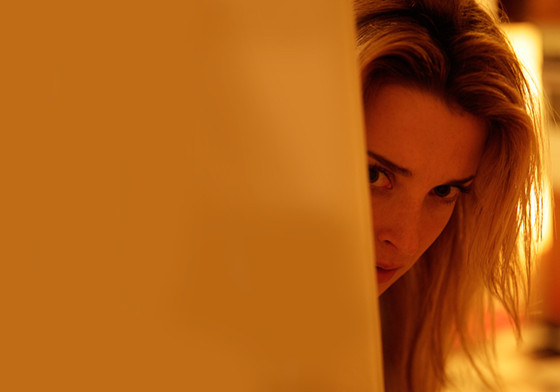
A risky cross between mumblecore filmmaking techniques and cerebral, plot-driven genre cinema, “Coherence” merges the best of those worlds for a complex and fascinating sci-fi thriller.
The debut of writer/director James Ward Byrkit, the movie begins with the kind of set up one would expected of a micro-budget indie: a group of old friends gather for a dinner, each of them with their own secrets and longstanding resentments against one another, which will, of course, come out during the course of the evening. However, things are soon revealed to be much more complicated than that, since there’s a comet passing by that is altering the very nature of reality around them.
And to say much more than that would be to spoil one of the main pleasures of “Coherence”; that is, the way the movie slowly reveals its concept (and the scope of that concept) to the audience. Despite the quite obvious budgetary constraints, Byrkit is very ambitious with his ideas and, like Shane Carruth before him did with “Primer,” he creates an extremely complex core conceit that is good enough to keep both physicists and philosophers talking for hours.
Unlike Carruth, however, Byrkit opts for clarity in delivering information that keeps the movie intriguing but not impossible to follow – a miracle considering the way the movie was made, with the actors improvising most of the dialogue.
3. Tape (2001)
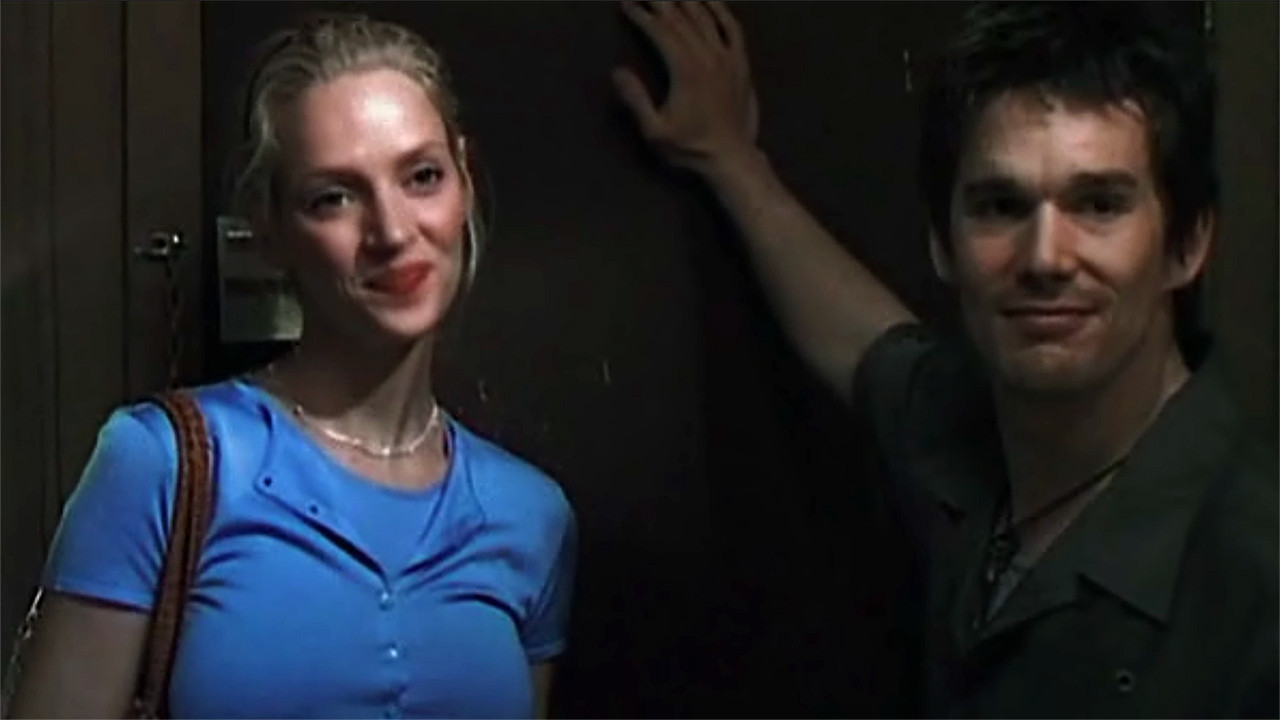
In the early 2000s, some of the more formally curious filmmakers in the world pivoted to formal experimentation by using primitive digital video cameras, creating a whole crummy new aesthetic. Spike Lee did it with “Bamboozled,” Danny Boyle with “28 Days Later,” and, of course, the Dogme 95 filmmakers like Lars von Trier, in “Dancer in the Dark,” “Dogville” and others.
Richard Linklater, who at the time was the height of his formal exploration (having just done his rotospic animation “Waking Life”), of course got in on the trend with “Tape” – and he couldn’t have chosen better material than Stephen Belber’s electrifying play.
Adapted by the playwright himself, the film stars Ethan Hawke and Robert Sean Leonard as old friends who have gone in radically different paths in life, but reunite for one night in a motel to celebrate a special occasion. While there, one begins to taunt the other, bringing up painful memories involving a girl they both used to like in high school (played by Uma Thurman).
Linklater’s decision of shooting in digital adds a visual texture to the drama that gives it a distinctly cinematic vibe, but, despite that, the real draw for the movie remains its stage-bound attractions – namely the tense, nuanced, exhilarating writing, with its endlessly compelling verbal confrontations. And the acting is on par – every single one of the three actors on screen turn in some of their finest work ever.
2. The Haunting (1963)
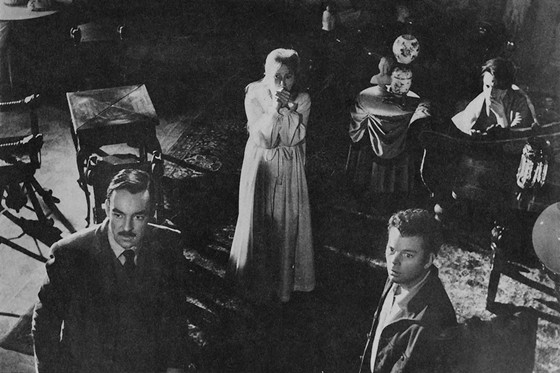
Shirley Jackson’s story has recently regained popularity with a larger audience thanks to the (very good) Netflix show, but the best version of her iconic horror novel is still Robert Wise’s absolutely incredible “The Haunting.”
Unlike Mike Flanagan’s adaptation (and the original book itself), the action is concentrated uniquely inside Hill House. Nothing is lost in terms of grand imagery, however: Wise is one of cinema’s greatest unsung craftsmen, and though this movie lacks the colorful splendor of his more famous work like “West Side Story” and “The Sound of Music,” it more than makes up for it with the superb use of deep focus compositions, methodical camera moves, and atmospheric lighting, all of which makes it one of the most beautiful horror movies ever created.
In fact, “The Haunting” is an all-around technical marvel: the movie used several groundbreaking special effects (mostly ingenious in camera tricks) and features some of the greatest set and production design you’ll ever see, perfectly calibrated both for Wise’s restless camera to explore the space, but also filled with details and subtly designed in crooked ways so as to further emphasize the claustrophobia of the characters.
In the decades since its release, “The Haunting” has been hailed as a masterpiece and a milestone in horror cinema. None other than Martin Scorsese considers it the very best horror movie of all time — and who can disagree with him?
1. The Tenant (1976)
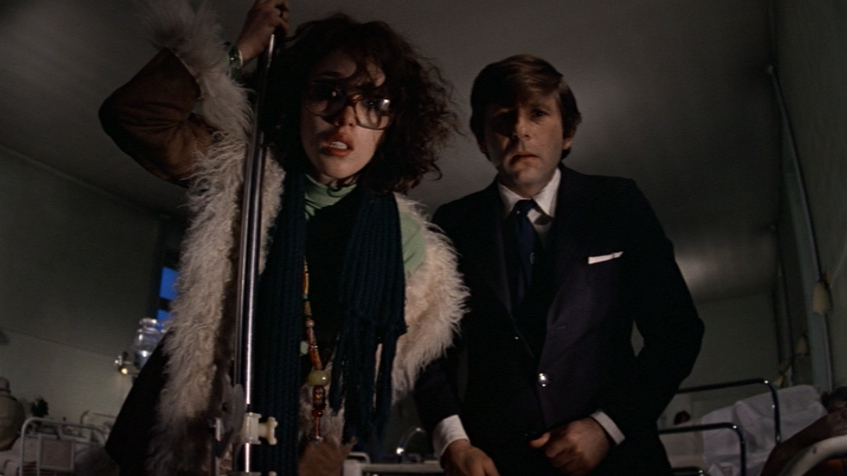
Beginning and ending the list with Roman Polanski films feels appropriate since he’s a highly contentious director who, not in spite of but precisely because of his own troubled history and turbulent psyche, remains the master of cinematic paranoia and anxiety.
It’s no wonder, then, that he has so often been attracted to stories set within a single room – a perfect opportunity to convey those feelings of crippling tension and alienation that are clearly personal to him. It’s an obsession that has been present from the very start of his career and that has produced some of his most celebrated work, like “Repulsion” and, of course “Rosemary’s Baby.”
The best of those movies, however, is the one that, together with the other two previously mentioned, completes his Apartment Trilogy: “The Tenant”. It’s one of his most ambiguous and inscrutable movies, perhaps the only time Polasnki has allowed himself to go completely beyond logic and approach the material with an oniric feel.
It’s no use trying to make sense of the increasingly surreal developments of the story here; it’s one of those movies that aims to register on an subconscious rather than rational note, something that not every director can achieve but that Polanski, a terrible man but unquestionably talented filmmaker, pulls off with ease.